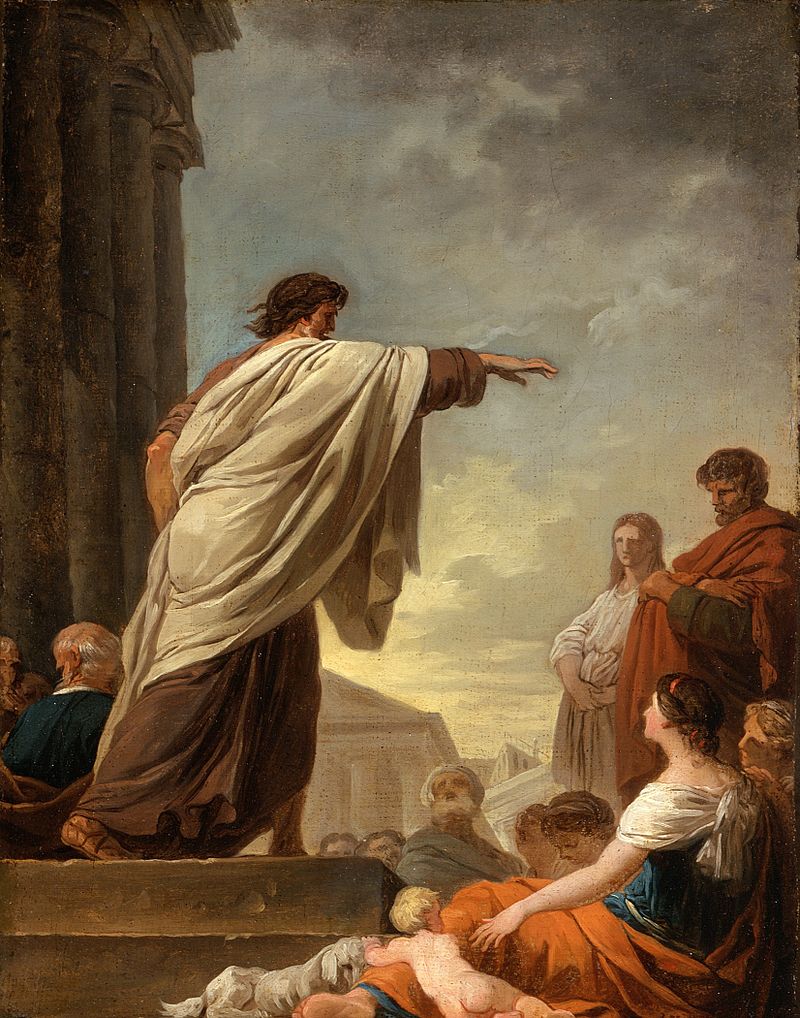
Unlike Peter and Mary Magdalene, St. Paul did not witness the empty tomb, which invests his encounter with the resurrected Christ with a special significance. Christ’s appearance to Paul on the road to Damascus is important because it undermines sceptic claims that the resurrection was the product of the overactive imagination of Jesus’ followers. Not only was Paul not one of the original disciples—he was their persecutor. The Damascus story is especially noteworthy because, unlike all the other post-Resurrection appearances, it occurs after Jesus ascended. This points to the enduring reality of His presence.
St. Paul would go on to write about the centrality of the Resurrection to the Christian faith: If Christ has not been raised, your faith is pointless and you have not, after all, been released from your sins. In addition, those who have fallen asleep in Christ are utterly lost. If our hope in Christ has been for this life only, we are of all people the most pitiable. (I Corinthians 15) To be blunt: without the resurrection, Christianity wouldn’t exist. Jesus would have gone down in secular history as a wise teacher, a miracle worker, perhaps a would-be worldly Messiah, but it is the resurrection that stands as the foremost testament to the truth that Jesus was the Christ, God incarnate as man. May we take St. Paul’s words to heart and consider ways in which the truth of the Resurrection is and should be at the centre of our faith and devotions.
